|
Animal Crossing: Pocket Camp is both a great mobile game and a lackluster Animal Crossing game. Stripped down to the more fun and charming bits with a grindy traditional mobile game center, you get an app whose face is Animal Crossing, but whose soul just isn’t quite right. The game is pretty simple: you’re in charge of a campsite, where various AC villagers will come and hang out. You can decorate this space, build fun camp amenities for the villagers to enjoy, and chill out with them. You also have a camper, that much like a house in a regular AC game, you can expand and customize and fill full of fun things you’ve collected. You can buy some stylish clothing and shoes and accessories. You can fish and collect bugs and shake trees for fruits and chit chat with your animal pals and try to convince them to come hang out at your camp. And… well. That’s where the game shows its true mobile game colors. The core game loop centers around getting your friendship level with various villagers high enough so they’ll come to hang out at your camp. To do this, you have to reach certain levels and craft certain furniture items and place them in your camp (don’t worry, you only need to have the items there to get the villager there, then you can remove that awful clashing item ruining your camp aesthetic). To gain friendship levels, you basically do endless fetch quests for items available around the campsite, such as fish or fruit, within a 3-hour time frame. Don’t have that item? Don’t worry, your AC:PC friends can sell you some, adding a slight online component to the game. Fulfilling these requests will net you much needed crafting items for building furniture and campsite amenities, and usually some bells, because of course you’ll need them, nice clothes and shoes don’t buy themselves. As as you level your avatar up, you gain access to more animals to meet, widening your potential camper pool and fetch quests. What about crafting stuff? New Leaf’s Cyrus will happily build you want you need, but that takes time. It ranges from a minute for early game items to full days for higher level amenities. Of course, you are welcome to use Leaf Bucks to speed up the process (or cover missing materials) to get your animal buddies to your camp faster. Leaf Bucks you say? That’s the game’s premium currency, available mostly through spending real dollars to obtain them. What, you didn’t think Nintendo wouldn’t put in a freemium model? Some specialty furniture items are available only by spending Leaf Bucks, and you bet I paid $2 to have KK Slider have a permanent seat in my campsite. The most common use of the Leaf Bucks though is to speed up crafting times, since 48 hours is a long, long time to wait for a tent upgrade and I just want my animals to enjoy a tree swing. Then of course, there’s your camper, here to more or less take place of your normal home. Tom Nook’s not here to talk you into loans, so instead you have a relatively charming group of mechanic crows happy to paint and expand your camper to your wildest dreams, provided you have the bells of course. At least there’s still no time limit for paying back your loans, and I’ve honestly found expanding my camper to not be a worthwhile endeavor after getting a second floor. The biggest problem with this game is without a doubt how quickly the core game loops wears itself thin. What you can actually do in the game is extremely limited. Every 3 hours, the villager locations and requests update, so you start off a new round of fetch quests. Each animal only has 3 fetch requests per hour, unless you call another animal (using an item that is purchasable with Leaf Bucks) or use a request card (again, costing Leaf Bucks to obtain), so once you take care of them, you’re kind of out of things to do. Fish and bug spawning isn’t dependent on time of day, which is nice but also makes playing at different times of day unnecessary. Friendship levels with animals max out unless you build bigger and bigger amenities, forcing you to wait days or pay up to raise the level caps. There’s no museum to fill, rendering the goods you obtain only useful for fetch quests. The animal demands for your campsite get increasingly higher, taking longer and longer to get a certain character to come visit. You’ll either get burnt out waiting or spend lots of money to make the game faster, with no real end goal in sight. I want to love this game, I really do. Once you get past the rather lengthy tutorial, the game is quite easy to play, and the touch controls are tight and responsive and intuitive. The visuals are great, the music lovely, the animals charming. And it's great if you’re looking to play something while you’re waiting for a movie to start, or riding the bus, or other situations where you’d play maybe 20 minutes a day. Something you can check in on, do some stuff, then forget about for a while, maybe check in again the next day or two later. Trying to binge it though? It gets old fast. You load it up, fulfill what requests you can, get your fruit/fish/bugs/shells, fulfill the rest of the requests, and wait another 3 hours for the loop to reset. I hit level 24 pretty fast in the first 3 or so days of release, then haven’t opened the app since. And why would I? Not like there’s weeds to pull or potholes to fill in. No one’s moving in or out. No one is upset they haven’t seen me in a while. Although Nintendo is planning a big holiday event for Pocket Camp, so maybe I’ll open it back up then. It’s Animal Crossing with almost none of what made Animal Crossing truly great. And maybe that’s okay for a casual game to play a couple times a week, but it doesn’t quite fit the Animal Crossing shaped hole in my heart.
-Janette G Animal Crossing: Pocket Camp is available now through the Google Play and iOS stores
0 Comments
Leave a Reply. |
Search
Contributors◆ Angie
◆ Emily ◆ J.D. ◆ Janette ◆ JT ◆ Manuel ◆ Nestor ◆ Rose ◆ Sylvia ◆ Teepu ◆ Tiffany ◆ Winfield Archives
June 2025
|
© 2014-2025 A-to-J Connections. All Rights Reserved.

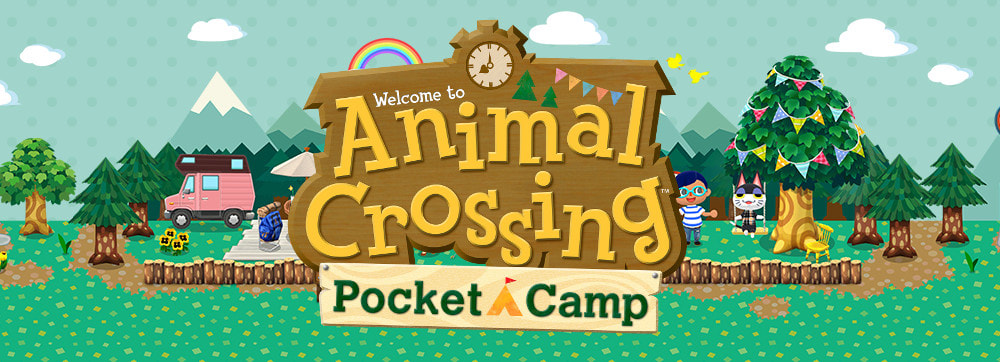
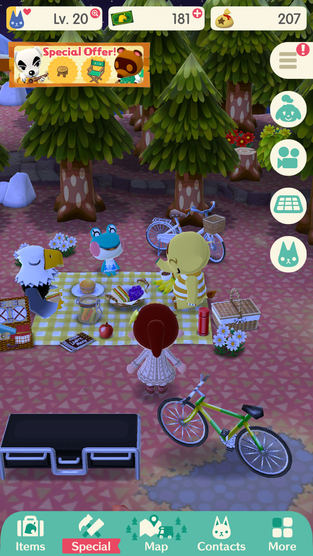
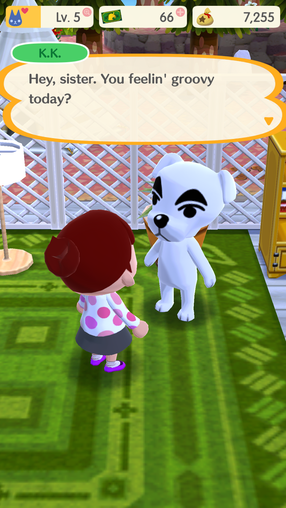
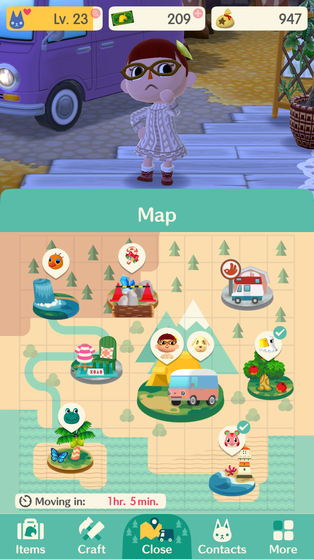
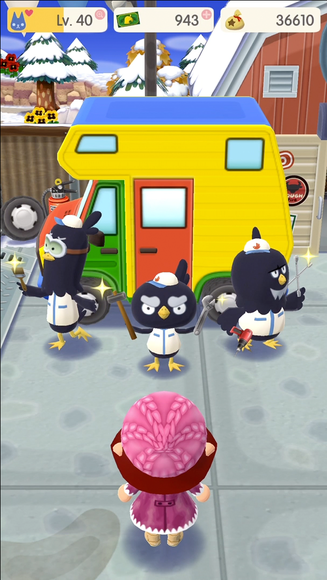
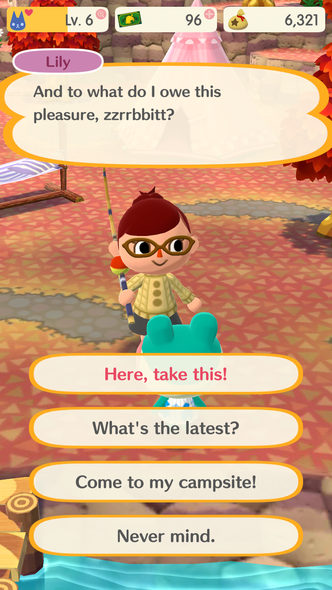
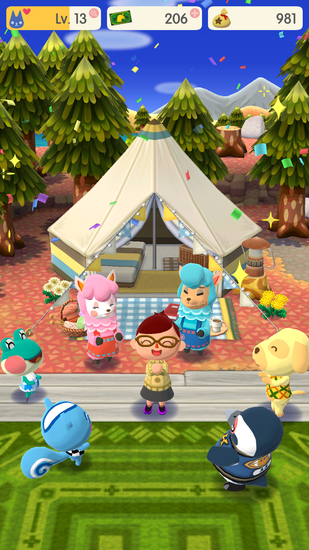

 RSS Feed
RSS Feed